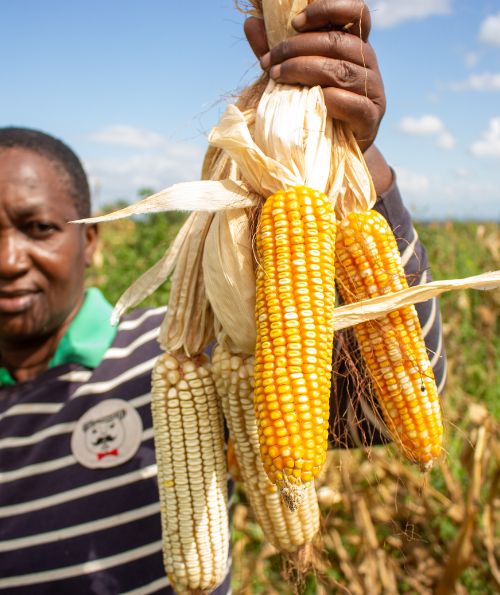In recent years, the movement to bring food production back to urban areas has gained significant momentum. As cities expand and populations continue to rise, the challenge of ensuring food security becomes ever more pressing. Urban agriculture presents a practical solution by integrating food production into urban landscapes. This contributes not only to feeding city dwellers but also to transforming metropolitan environments into green, sustainable zones. By reimagining our urban spaces, we can create a more resilient, self-sufficient food system that reduces dependency on rural agriculture.
Urban farming can take many unique forms, from rooftop gardens and vertical farms to community plots and hydroponic systems. Each model offers its own set of benefits, making it possible for cities to tailor agricultural practices to their specific needs and available spaces. Rooftop gardens, for example, help double up on space usage in densely built areas, while vertical farms use controlled environments to produce crops year-round without the need for large tracts of land. These methods not only save space but also minimize water usage and employ sustainable practices that can be adapted globally.
Environmental sustainability is at the heart of urban agriculture. Growing food within city limits reduces the carbon footprint associated with transporting food from rural farms to urban markets. It also helps in managing urban waste, as organic waste can be composted to enrich the soil. Moreover, by increasing green areas, urban farming can improve air quality, reduce urban heat, and contribute to biodiversity. Through these multifaceted benefits, urban agriculture plays a crucial role in making cities more liveable and environmentally friendly.
Another significant advantage of bringing food production to cities is the impact on community well-being. Community gardens and cooperative farms foster a sense of community, allowing residents to connect with nature and each other. They provide educational opportunities for both children and adults to learn about food systems, sustainability, and healthy eating. Furthermore, these practices encourage the consumption of fresh, locally grown produce, which can lead to better health outcomes and a more informed populace about nutrition and food security.
In conclusion, reintegrating food production into urban zones is a forward-thinking approach to achieving food security and sustainability for growing urban populations. It harnesses the potential of cities to support agriculture, mitigating environmental impacts and strengthening community ties. As urban farming continues to develop, it offers innovative solutions to the modern challenges of food production, demonstrating that the future of agriculture can be both urban and green. By embracing these changes, cities around the world can take meaningful steps toward creating a healthier, more sustainable future for their residents.








